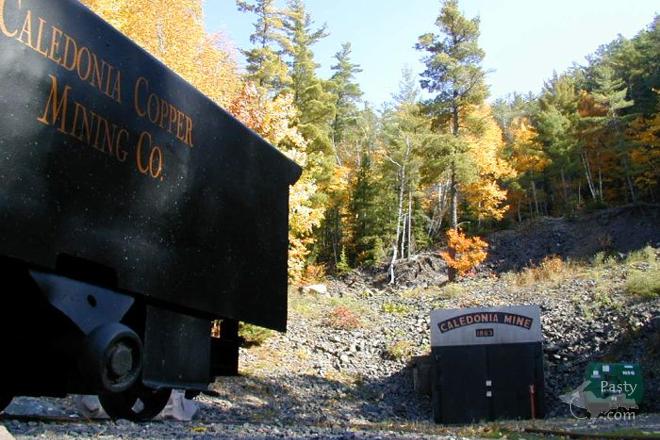By MRM on Friday, October 8, 2004 - 12:46 pm:
RCW, I can confirm the bat issue. I thought it was fabulous (only after a while that is). Each spring we would head to the 4th level adit with chainsaws to cut through the ice so that we may begin another season of work. Once inside millions of bats began coming out of hibernation. At that time the mine was indeed self draining as I am sure it still is, except that the last time I was there I see there were professional steps taken to reroute the water so that it is not all frozen up at the adit in the winter any longer. Ahhhhh progress--- and improvements. When we worked the Caledonia we hauled all our ore back to Tamarack City to process the copper via chemicals (the other half of the operators, not us) or via an old but yet functional jaw crusher hand fed by me. This has been a great trip down memory lane for me, and a great way to recall my very good friend Gary Viegelahn (blasted, I misspelled his name yesterday!!). My world was never the same after his passing as he touched my life and the lives of many others, I know. Way to go by remembering the Caledonia.
By Catherine--Holland MI on Friday, October 8, 2004 - 10:30 pm:
Another stated possibility for the origin of the name Mass
is that was named after the Eastern seaboard state since
the mine parent companies and managers were from
there--at least so my 8th grade civics teacher said. Or the
copper masses. No one really knows which.
The boulder was not discovered near Mass City, it was over
on a branch of the Ontonagon River farther west. It is on
display at the Smithsonian's Natural History museum in the
mineral section OR you can see a lovely full scale replica in
the Ontonagon County Historical museum.
By FRNash/PHX, AZ on Saturday, October 9, 2004 - 02:17 pm:
Although we've talked around it in this discussion, it's useful to note that when native copper occurs in large "chunks" or "masses", it is referred to specifically as "Mass Copper".



